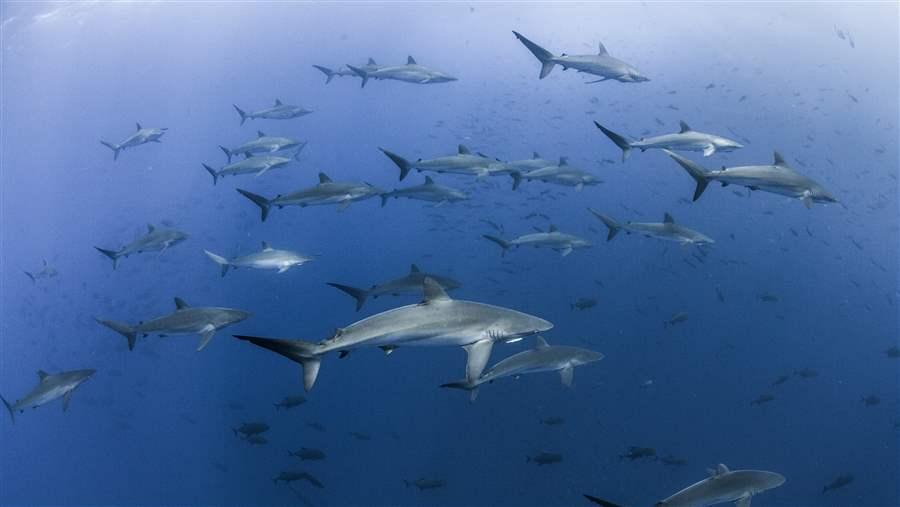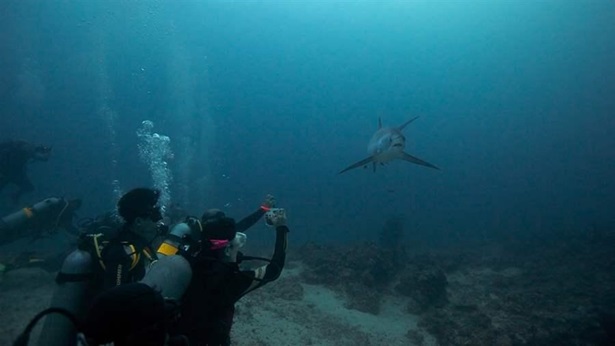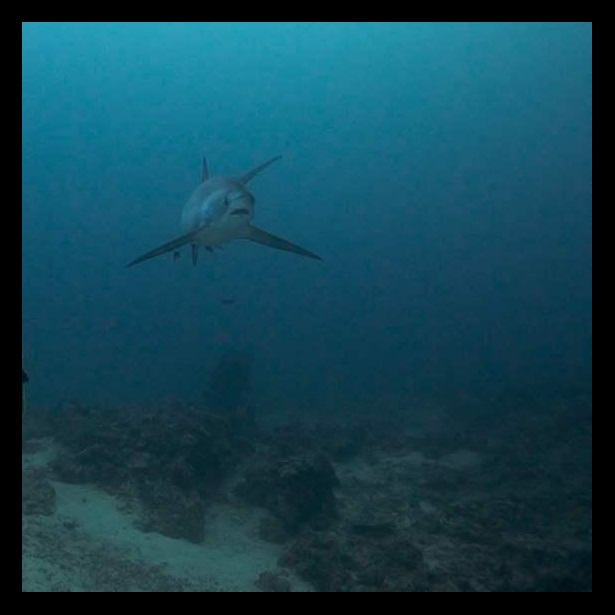5 Facts Highlight Urgent Need for Shark Conservation

Thresher and silky sharks form a large part of the world’s unsustainable shark fin trade because of the continued demand for shark products and the high value of large shark fins.
© Rodrigo Friscione/Getty Images
Nations that are members of the Convention on International Trade in Endangered Species of Wild Fauna and Flora (CITES) will soon vote whether to add silky sharks, three species of thresher sharks, and nine species of mobula ray to what is known as CITES Appendix II. Such listings would limit trade in these sharks and rays because governments would have to prove that continued international trade is not detrimental to the species in the wild.
In an unprecedented response to the growing threat around the world, more than 50 countries agreed to co-sponsor one or more of the Appendix II listing proposals in advance of CITES’ 17th Conference of the Parties (CoP17), which runs through Oct. 5 in Johannesburg. The proposals to CITES—which is recognized globally as one of the most effective and best-enforced international conservation agreements—were offered by Sri Lanka, the Maldives, and Fiji, island nations whose leaders are concerned about the future of these species and the broader health of the world’s oceans.
These five facts highlight the urgent need to enact measures to protect these shark species:
- An estimated 100 million sharks are killed in commercial fisheries every year. Thresher and silky sharks form a large part of the world’s unsustainable shark fin trade because of the continued demand for shark products and the high value of large shark fins. Popularity of foods such as shark fin soup has driven shark declines worldwide. Overfishing and bycatch—when fishermen targeting one species unintentionally catch another—have also contributed to dwindling shark numbers.
- Sharks are biologically vulnerable. Silky sharks can take up to 10 years to mature and begin reproducing. This slow maturation makes these and other shark species highly vulnerable to overexploitation. It also means that shark populations need more time to recover than many other species.
- More than 50 percent of shark and ray species that have been fully assessed by the International Union for Conservation of Nature are Threatened or Near Threatened with extinction. Thresher sharks, silky sharks, and mobula rays have experienced population declines of greater than 70 percent across their range. In some areas, declines are up to 99 percent because of inadequate management measures, poor enforcement, and a lack of controls on the level or sustainability of international trade in the fins and gill plates of these species.
- Over 50 percent of the annual global shark fin trade passes through Hong Kong. In 2014, Hong Kong imported more than 5,700 metric tons of shark fin and other shark products, according to data from its Census and Statistics Department. Compliance with CITES obligations helps keep unauthorized shark fins from entering the country; Hong Kong’s Agriculture, Fisheries, and Conservation Department has been at the forefront of global implementation efforts. Shark fins from CITES-listed species traded without permits are now confiscated upon arrival in Hong Kong.
- Sharks are often worth more alive than dead. In addition to their value to ocean ecosystems, sharks can be an important economic asset. For countries and islands that rely on tourism, sharks are worth much more alive for activities such as diving, snorkeling, and shark watching, than for their fins and meat. The draw of divers to Malapascua Island in the Philippines to catch a glimpse of thresher sharks helped the island prosper again after the destruction from Typhoon Haiyan in 2013. Haiyan proved to be one of the strongest typhoons ever recorded. Malapascua is the only place in the world where thresher sharks can be seen almost every day. A study done in the Pacific nation of Palau estimated the value of sharks to the local economy at US$18 million per year, with the average individual reef shark representing a $1.9 million value over its lifetime. In stark contrast, the estimated value of the same shark sold for its meat and fins was just $108.


America’s Overdose Crisis
Sign up for our five-email course explaining the overdose crisis in America, the state of treatment access, and ways to improve care
Sign up

Shark Trade Limits Would Protect Island Economies
Divers’ interest in thresher sharks helped Philippine island recover after typhoon









